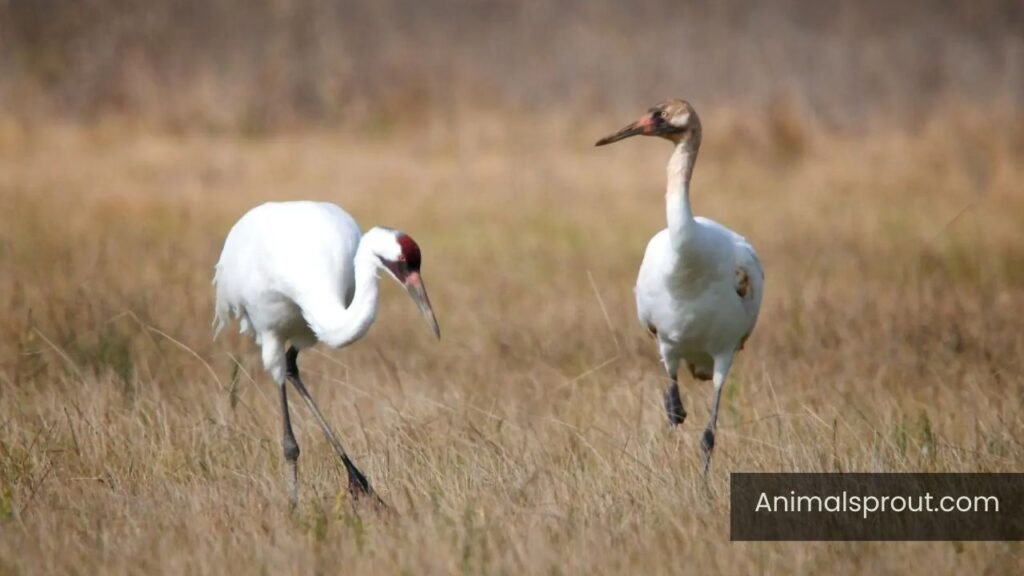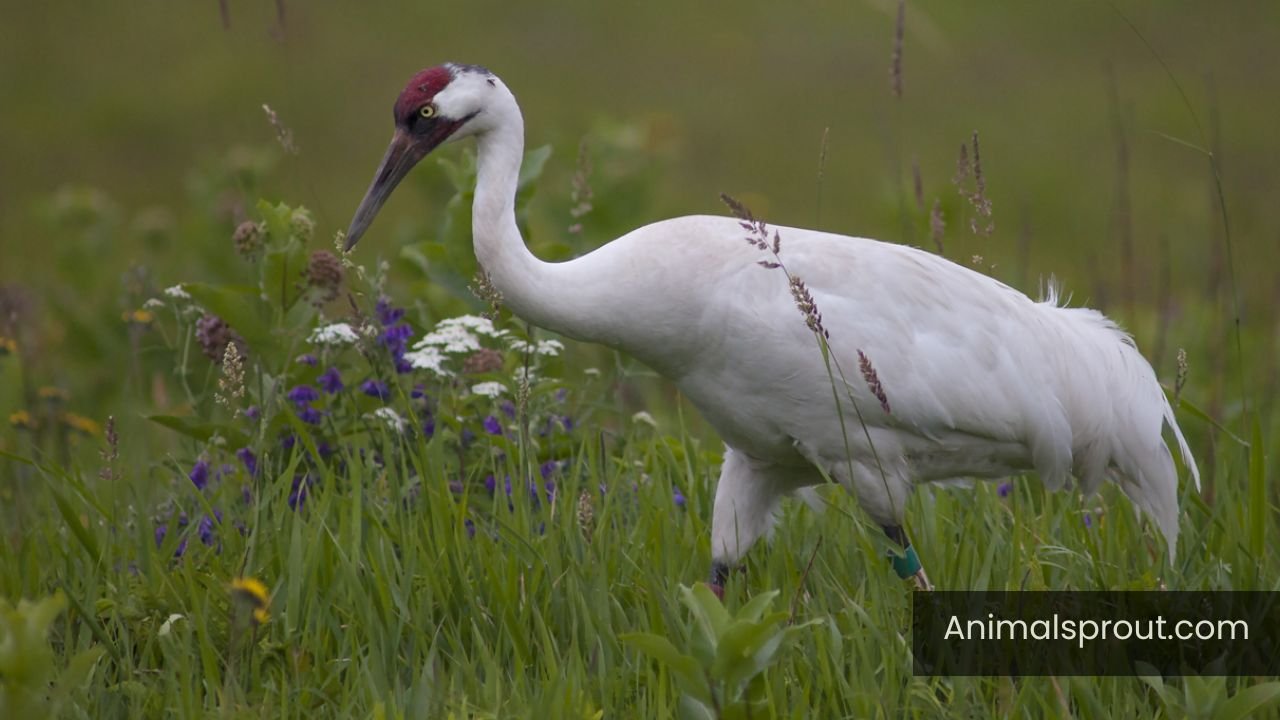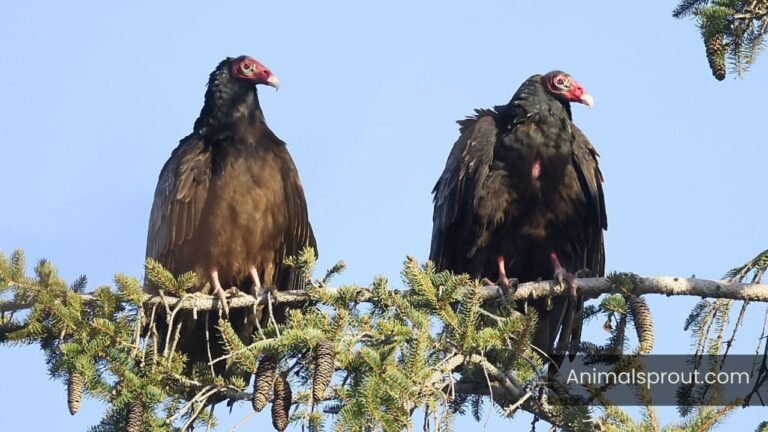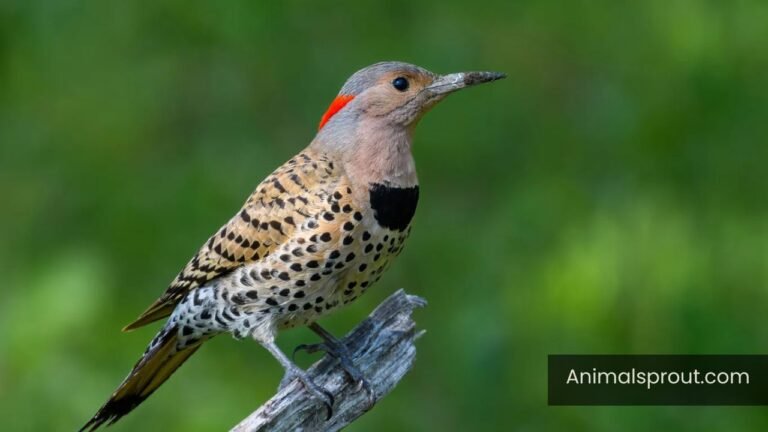Interesting Facts About Cranes In Michigan ( Two Species )
Did you know that Michigan is home to one of the largest populations of cranes in the United States? These majestic birds, with their impressive wingspans and captivating dances, are not only a symbol of beauty but also play a vital role in our ecosystem. In this article, we will explore the various species of cranes in Michigan, their habitats, and the conservation efforts aimed at protecting them. By the end, you’ll have a deeper appreciation for these remarkable creatures and understand how you can contribute to their preservation.
Types of cranes in michigan
Here are two types of crane birds in michigan:
- Sandhill Crane
- Whooping Crane (Rare)
Sandhill Crane
Scientific Name: Antigone canadensis

Identification
The Sandhill Crane, a majestic bird that graces the wetlands of Michigan, can be identified by its towering stature and striking features. Standing nearly four feet tall with a wingspan that stretches over six feet, these cranes are hard to miss as they gracefully navigate their habitats. Their plumage is predominantly gray, with subtle hints of rust and brown, which can change in appearance depending on the season and lighting. The most distinguishing characteristic, however, is their vibrant red crown, a splash of color that adds to their elegance and makes them a favorite among birdwatchers.
Beyond their physical attributes, the Sandhill Crane’s behavior during migration offers an engaging perspective on identification. These birds are known for their elaborate courtship dances, which include intricate leaps and bows that can be observed during the breeding season. Their calls—trumpeting and resonant—echo across marshlands, creating a symphony that signals their presence even before they come into view.
Range
The Sandhill Crane, a majestic bird often seen gliding gracefully over Michigan’s wetlands, boasts an impressive range that extends far beyond the state’s borders. Nesting primarily in the northern regions of Michigan, these cranes thrive in marshes and shallow waters, where they can forage for food and raise their young. Their migratory patterns are particularly fascinating; in the fall, they embark on a journey to warmer southern states, covering thousands of miles to reach wintering grounds in places like Florida and the Gulf Coast. This seasonal pilgrimage not only showcases their adaptability but also highlights the interconnectedness of ecosystems across North America.

Interestingly, the Sandhill Crane’s range is a testament to its resilience in the face of habitat loss. As wetlands diminish due to urban development and agricultural expansion, these birds have adapted by utilizing a variety of environments, including agricultural fields and even suburban landscapes. This adaptability is a reminder of nature’s enduring spirit and raises important questions about conservation efforts in Michigan and beyond. By protecting their habitats, we not only ensure the survival of these iconic birds but also preserve the rich biodiversity that thrives alongside them.
Diet and Foraging Habits
The Sandhill Crane, a majestic avian icon of Michigan’s wetlands, boasts a diverse diet that reflects its adaptability and resourcefulness. These elegant birds primarily thrive on a foraging menu rich in seeds, grains, and tubers, but they also relish the occasional insect or small amphibian. This omnivorous diet allows them to effectively exploit the seasonal abundance of their environment, making them adept at locating food sources in both agricultural fields and natural habitats.
What sets the Sandhill Crane apart is not just what it eats, but how it forages. With keen eyesight and a remarkable ability to probe the ground with their long, slender bills, they can uncover hidden treasures beneath the soil. Observing these cranes at work is like watching a well-rehearsed dance; they methodically sift through the mud and grasses, showcasing an intricate balance of patience and precision. This foraging behavior not only highlights their role as ecosystem engineers—disturbing soil and promoting plant growth—but also underscores the delicate connection they maintain with Michigan’s landscape, reminding us of the vital interplay between wildlife and habitat.
Where to Find This Bird
The Sandhill Crane, with its elegant stature and distinctive call, can be found across various habitats in Michigan, making it a delight for birdwatchers and nature enthusiasts alike. One of the prime locations to observe these magnificent birds is the Seney National Wildlife Refuge in the Upper Peninsula. This expansive area features wetlands and grasslands that create an ideal environment for cranes during migration and nesting. Visitors can explore the refuge’s scenic auto tour route, particularly around spring and fall, when these birds are most active.
Another hidden gem for spotting Sandhill Cranes is the Shiawassee National Wildlife Refuge, located in the heart of the state. Here, you can witness cranes performing their elaborate courtship dances against a backdrop of beautiful marshes. The refuge also offers guided tours and educational programs that enhance the experience, providing deeper insights into the cranes’ behaviors and conservation efforts.
Whooping Crane (Rare)
Scientific Name: Grus americana

Identification
The Whooping Crane, a symbol of conservation success, stands out with its striking appearance. These tall birds reach up to five feet in height, adorned with a pristine white plumage that glistens under the sun. Their long legs and necks create an elegant silhouette against the backdrop of Michigan’s wetlands. The contrast of their black wing tips and red crown adds a touch of drama, making them easily recognizable among the marshes and open fields.
In flight, the Whooping Crane’s wingspan can stretch an impressive seven feet, enabling them to soar gracefully through the skies. Their calls, a distinctive bugling sound, resonate through the air, echoing the beauty of their habitat. Observers often spot them during migration seasons, where their journey becomes a testament to resilience and determination. With conservation efforts allowing their population to slowly rise, witnessing these majestic cranes in Michigan is not just a rare treat but a reminder of nature’s delicate balance.
Range
The whooping crane, one of North America’s most iconic and endangered species, has a fascinating range that showcases its resilience and adaptability. Historically, these majestic birds thrived in various wetland habitats across the continent, from Canada to the southern United States. In Michigan, they have carved out a unique niche within the expansive marshlands of the Great Lakes region, where they can find ample food and nesting opportunities.

Interestingly, Michigan serves as a crucial stopover point for migrating whooping cranes. Each spring, these birds journey from their wintering grounds in Florida to their breeding sites in Canada, often making pit stops in the state’s wetlands. This migration highlights the importance of preserving such habitats, not just for the cranes but for countless other species that rely on the same ecosystems. Efforts to restore and protect these areas in Michigan are vital, as they ensure that the whooping crane continues to grace the skies with its stunning presence for generations to come.
Diet and Foraging Habits
In Michigan’s wetlands, these tall birds primarily feast on small fish, amphibians, and invertebrates, but their menu doesn’t stop there. During the right season, they also indulge in plant matter, including roots and seeds, showcasing their versatility as foragers.
Foraging is not just about sustenance; it’s a social event for whooping cranes. They often hunt in pairs or family groups, using cooperative strategies to flush out prey from the dense marsh grasses. This communal behavior not only enhances their foraging efficiency but also strengthens family bonds, adding an intriguing layer to their social structure.
Where to Find This Bird
The Whooping Crane, a majestic symbol of conservation success, can be spotted in Michigan primarily during its migration. These elegant birds often grace the wetlands and coastal areas of the state, particularly in places like the Seney National Wildlife Refuge in the Upper Peninsula. Here, visitors are treated to the sight of these towering cranes as they forage for food amidst the marshy landscape, their striking white feathers contrasting beautifully with the lush greenery.
Another hotspot for birdwatchers is the Shiawassee National Wildlife Refuge, located in the Saginaw Bay area. This refuge provides a critical stopover for migrating Whooping Cranes, allowing enthusiasts to witness their graceful dance-like movements against a backdrop of serene waterways. Early mornings or late afternoons are prime times for sightings, as the cranes are most active during these hours.
Readmore: Explore Are There Badgers In Michigan?
Final Thoughts
Cranes in Michigan are more than just beautiful birds; they symbolize the health of our ecosystems and the need for ongoing environmental stewardship. Their seasonal migrations and nesting behaviors offer valuable insights into the health of our wetlands and the challenges posed by urban development.
By raising awareness about their plight and participating in conservation initiatives, we can play an active role in safeguarding their habitats. It is essential for each of us to contribute to preserving the natural wonders that enrich our lives. Together, we can ensure that future generations will continue to marvel at the sight of cranes soaring through Michigan’s skies.
FAQs
What kind of cranes are in michigan?
In Michigan, you’ll primarily find two types of cranes: the Sandhill Crane and the Whooping Crane. The Sandhill Crane is more common and can be spotted in wetlands, fields, and even golf courses. These tall birds are known for their distinctive gray plumage and trumpeting calls, making them a familiar sight during migration seasons. The Whooping Crane, on the other hand, is much rarer. With its striking white feathers and long legs, this species is critically endangered.
What do sandhill cranes eat in michigan?
Sandhill cranes in Michigan primarily feast on a variety of foods that are abundant in their habitats. They enjoy a diet rich in grains, such as corn and soybeans, which they often forage from agricultural fields. In addition to grains, these birds also consume seeds, insects, and small invertebrates, making their diet quite diverse. During the spring and summer months, sandhill cranes take advantage of wetlands and marshes, where they can find aquatic plants and small fish.






